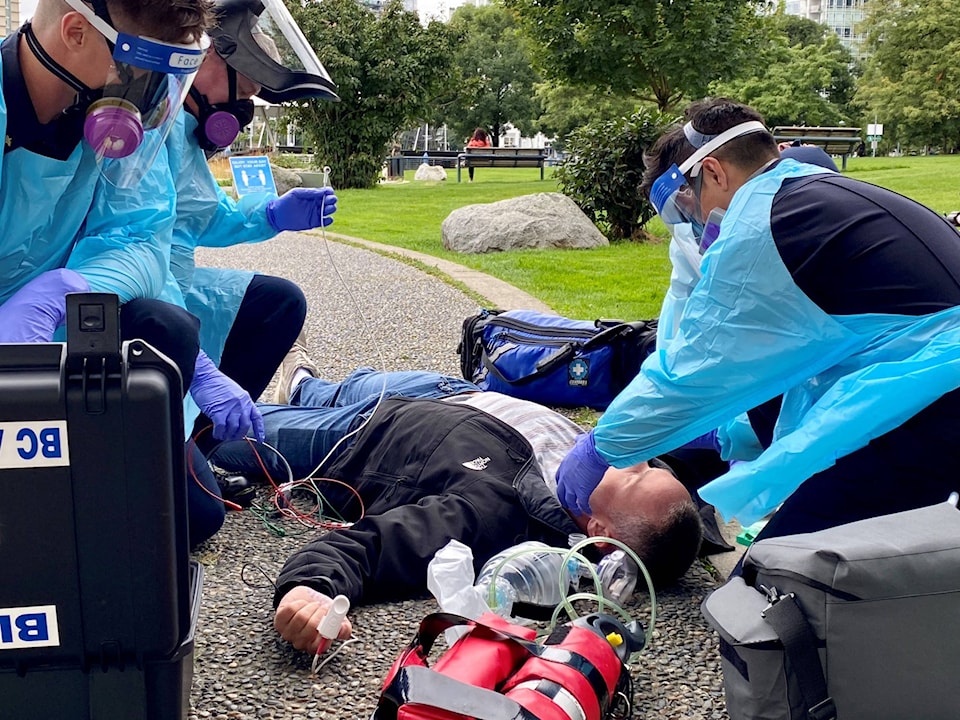The provincial ambulance service in Smithers responded to almost 70 per cent more overdose calls in 2020 compared to 2019.
A report released this week by BC Emergency Health Services indicated there were 52 calls for service last year. There were 31 the in 2019, which was on par with the average for the four years since the overdose crisis was declared in 2016.
Smithers saw 30 cases in 2016, 24 in 2017 and 41 in 2018.
While calls were up dramatically across the province in 2020, several communities, including nearby Terrace and Houston, were particularly hard hit.
By percentage increase in overdose calls, Houston ranked fifth in the province at a 100 per cent increase with 22 calls compared to 11 the year before.
That ranked behind Terrace where the number of calls increased from 98 to 208 for 112 per cent jump
Fort Nelson experienced the greatest increase at 233 per cent. Keremeos at 167 per cent and Sechelt at 112 per cent rounded out the top three.
Patient outcomes aren’t tracked following a response of an overdose but most are taken to a health care facility, said Shannon Miller from BCEHS which is responsible for the provincial ambulance service.
“We do know BCEHS paramedics and medical emergency call takers have saved the lives of many overdose patients. When BCEHS paramedics respond to a potential overdose patient, the patient has a 95 per cent chance of survival,” she said.
Province-wide, there were 27,067 overdose calls in 2020, a 12 per cent increase over 2019’s call volume of 24,166.
The bulk of calls were in the Lower Mainland and southern Vancouver Island, but the number of calls in those areas has remained relatively consistent in recent years. Calls in Vancouver actually decreased 5 per cent in 2020.
As the number of calls increases, overdoses are also becoming more complex and difficult to treat, according to a BCEHS statement, because drug toxicity is increasing.
“With the current drug toxicity, overdoses require multiple doses of Naloxone and the patient often has breathing and neurological complications,” the statement said.
Northern Health recently issued a warning about contaminated illicit benzodiazepines circulating in northern B.C.
Benzodiazepines (such as Xanax and Ativan) are a class of medications that slow down activity in the human brain and they are typically prescribed by doctors as an anti-anxiety medication. Benzodiazepines come with a high risk of addiction and abuse and they can be very dangerous when mixed with other drugs such as alcohol.
Northern Health’s warning noted that people who overdose on a combination of benziodazepines and opioids can be particularly difficult to resuscitate and slow to respond to naloxone.
People who do use drugs alone are encouraged to use an app called LifeGuard which is activated by a user before they take their dose. After 50 seconds the app will sound an alarm. If the user doesn’t hit a button to stop the alarm, indicating they are fine, the alarm grows louder. After 75 seconds a text-to-voice call will go straight to 9-1-1, alerting emergency medical dispatchers of a potential overdose.
With files from Jake Wray and Thom Barker
